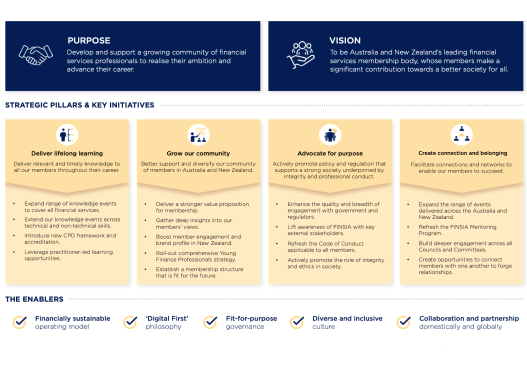Every now and then, I think about the old days. I don’t pine for the past, I just like to recall how, in a simpler time, things seemed, well, simpler.
Having been in banking for just over 30 years, there are some cool things to reminisce on: some good, some bad. Gone are the days when smoking at your desk was allowed, and great customer service was shown by providing a light to your customer, as they stood at the teller counter while you counted their cash. Something else that has disappeared is the crazy deference to hierarchy, “Yes Mr Jones, No Mr Jones, How high Mr Jones” - somewhat similar to home, where I am no longer Mr Daniels to the friends of my kids, I’m just “Hey Steve”.
But one of the things that has gone, that I desperately miss, and would want to see come back, is the “spreading of financials” undertaken by locally based Analysts and Lending Officers. Now, largely for the benefit of cost management, and a zealous focus on Cost to Income Ratios, this activity has been allocated into the bucket of “low value add”, and which can be undertaken by skilled, but lower cost contractors, in offshore locations.
But, the unintended consequences.
Once upon a time, we had junior lending staff transposing data points from customer financial information (annual reports), into internal financial spreading tools. In the process of undertaking this somewhat banal, procedural, “low value add” activity, some foundational questions central to the understanding of customers, started to emerge. Simple questions like:
- Wow, that number has gone up!
- Gosh, that cash balance has gone down!
- I wonder why debtors have increased?
- What’s this new accrual?
- Who has funded that increase in debt?
- How come revenue has gone up, but cash balances have dropped?
I’m sure you get the idea.
How do we get these fundamentals back? Yes, as an industry, there will always be a razor sharp focus on costs. And the advances in FinTech will compel banks to look at newer, faster, and more digital ways of analysing customers, with AI, data lakes, deeper behavioural scoring, robotics, and the like. These trigger questions may come, removing the need to higher cost individuals to provide the eye-brow raising moments, and question prompters. But there has to remain an ability for curiosity to be retained. Curiosity, and the instinct to sense that something looks odd, is a human trait that is difficult to replicate. In leadership, we often reflect on “Head, Heart and Guts” styled leaders. In the same vein, questions can come from the Head (the logical ones), but can equally come from the heart and guts (the instinctive ones). It is easier to digitise logic, it is harder to digitise instinct.
So, is it too late? Have we condoned and accepted a practice that has eroded capability from our lenders and leaders of tomorrow? Or is there hope? Have I missed something?
I’m happy to be educated.








